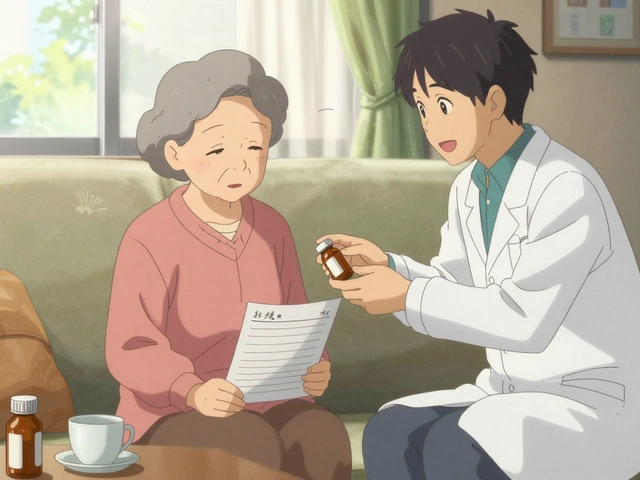Gyne-Lotrimin: Uses, Dosage, Side Effects & FAQs
Sep 20 2025
When your body reacts badly to chemotherapy, it’s not just nausea or fatigue—it could be chemotherapy hypersensitivity, an immune system overreaction to cancer drugs that can trigger life-threatening symptoms. Also known as infusion reaction, this isn’t a simple allergy like peanuts or pollen. It happens because your immune system mistakes the drug for a threat, even if you’ve taken it safely before. These reactions can strike during or right after an infusion, and they’re more common than most patients realize.
Chemotherapy drugs like paclitaxel, a widely used treatment for breast and lung cancer, platinum agents, including cisplatin and carboplatin, often used in ovarian and testicular cancer, and asparaginase, common in leukemia therapy are among the top culprits. Symptoms range from mild—flushing, itching, rash—to severe: low blood pressure, trouble breathing, swelling of the throat, or full-blown anaphylaxis. The scary part? You might not react the first time you get the drug, but your body can become sensitized after repeated exposure. Once that happens, the next infusion could trigger a dangerous response.
Doctors don’t just guess what’s going on. They watch for patterns: Did the reaction happen within minutes of starting the drip? Did it get worse with each cycle? Did you get a steroid or antihistamine beforehand? That’s how they tell if it’s a true hypersensitivity or just a side effect. And if it is hypersensitivity, they don’t stop treatment—they adjust it. Slowing the infusion rate, pre-medicating with antihistamines and steroids, or switching to a different drug in the same class can make all the difference. Some patients even go through a desensitization process, where they get tiny, gradually increasing doses under close supervision to build tolerance.
This isn’t just about avoiding discomfort. Untreated chemotherapy hypersensitivity can delay or stop life-saving treatment. That’s why knowing your own body matters. Keep a log: note when symptoms started, how bad they were, and what you were given that day. Bring it to your oncologist. You’re not overreacting if you speak up about a rash, chills, or tightness in your chest. These reactions are real, measurable, and manageable—if you catch them early.
Below, you’ll find real patient experiences and clinical insights on how to spot these reactions, what drugs are most likely to cause them, and how to work with your care team to keep treatment on track without risking your safety.
Chemotherapy hypersensitivity reactions can range from mild rashes to life-threatening anaphylaxis. Learn the signs, timing, and emergency protocols every patient and caregiver should know.

Sep 20 2025

Sep 3 2025

Dec 5 2025

Sep 13 2025

Mar 21 2025